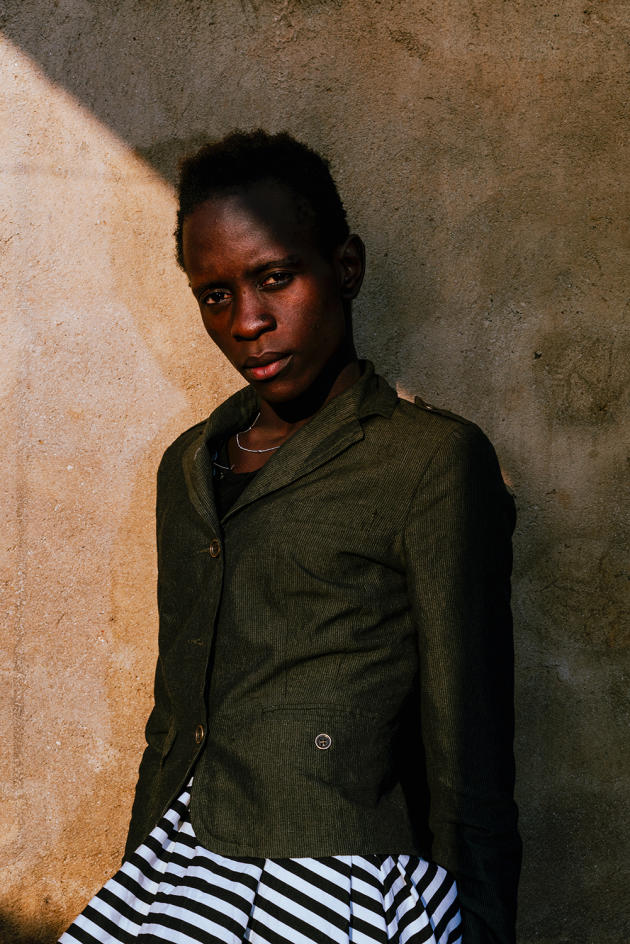The story told by the images signed by the American Jake Naughton, produced over four years and in three countries (Kenya, Uganda, United States), cannot be told at first glance. This series with the enigmatic title, “This Is How the Heart Beats” (“this is how the heart beats”), mixes portraits, close-ups of part of a face, a hand or a rosary, hugs on a bed… It all started in 2014, when Uganda introduces a crudely dubbed bill in Western media “Kill the Gays” (“killing gays”), making people in homosexual relationships liable to the death penalty, in the event of a repeat offense or sexual intercourse knowing that they are carriers of the AIDS virus in particular. This will be declared unconstitutional for lack of the necessary quorum as to the number of deputies having taken part in the vote.
This legislative harassment experienced a new episode at the end of May, with the promulgation of a law considered by LGBTQ rights organizations as one of the most repressive in the world. This stipulates, for example, that anyone promoting “knowingly homosexuality” faces up to 20 years in prison. It also obliges every Ugandan citizen to report a person whom it presumes to be homosexual. Finally, there are conversion therapies and drug prescriptions aimed at changing a person’s sexual orientation or gender identity. In addition, a provision makes “aggravated homosexuality” (recidivism) a crime punishable by capital punishment.
The vicious circle of visibility
In 2014, Jake Naughton, then a freelance photojournalist, was sent to Kenya for five days, in tandem with journalist Jacob Kushner, to follow LGBTQ refugees, mainly Ugandans, fleeing persecution. “Kenya is not a panacea for sexual minorities, recognizes Jake Naughton. But the presence of the United Nations High Commissioner was strong there, and people came from all over East and Central Africa to seek refuge there. » The two men collect so many testimonies, and of such complexity, that they decide to continue this work.
“Kenya was experiencing a wave of xenophobia and homophobia at the same time, remembers Jake Naughton. The exiles we photographed were caught in the crossfire. » At the time, Uganda’s legislative ambitions caused a lot of ink to flow, but the living conditions of the people there were the subject of few reports. Naughton and Kushner document hotbeds of LGBT resistance and the survival of an underground queer community. “It was a vicious cycle, summarizes the photographer. As they were notoriously oppressed, LGBTQ Ugandans had gained international visibility, and gained support from embassies and NGOs. But the more visible they were, the worse the repression grew. »
You have 48.38% of this article left to read. The following is for subscribers only.
